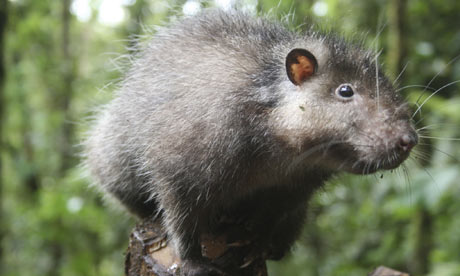 Space-DRUMS: The Space-DRUMS chamber makes use of 20 sound beams to produce materials free of container contamination. Semiconductors are especially an area of interest for the souped-up pressure cooker. NASA
Space-DRUMS: The Space-DRUMS chamber makes use of 20 sound beams to produce materials free of container contamination. Semiconductors are especially an area of interest for the souped-up pressure cooker. NASAFrom Popular Science:
This dodecahedron-shaped device currently on board the International Space Station may resemble a landmine, but in fact it serves quite an opposite purpose: within, scientist Jacques Guigne hopes to use sound waves to cleanly manipulate a brew of ingredients into custom materials that can only be made in the unique conditions of space.
Read more ....


















